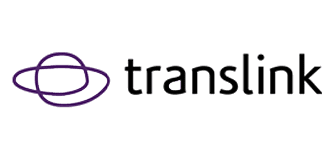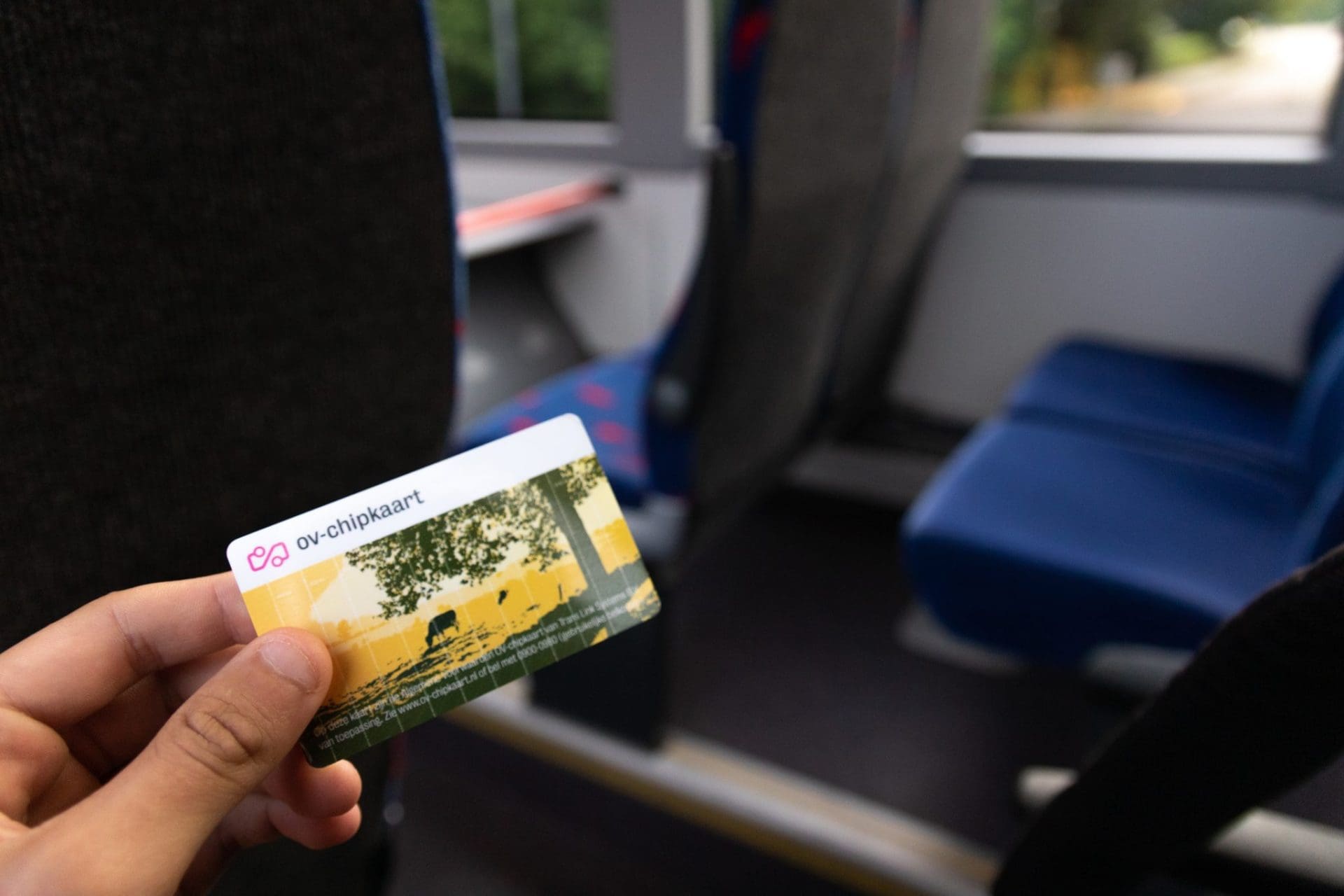Charging System OV-Chipcard Ready for the Future Thanks to Info Support
Last year, as many as 14.3 million public transport cards were in circulation. These contactless cards allow travelers to purchase products, balance and services at collection and recharge machines. Translink’s National Action List (NAL) is the system that processes and prepares these orders. The NAL was obsolete, so a replacement was needed. Info Support quickly developed a system that can be continuously improved and keeps up with current technological developments.


Challenge
Translink’s National Action List (NAL) is the system that processes and prepares orders, and was at the end of its life cycle. As a result, its Total Cost of Ownership (TCO) was increasing annually.
Target Audience
Public transport companies in The Netherlands.
Result
A future-proof platform.
A new platform that is easier to manage
A replacement was needed because the old NAL was at the end of its life cycle, causing the Total Cost of Ownership (TCO) to increase annually. That made the product’s customers and transportation companies less than happy. By starting the project from scratch and not building on an existing system, Translink and Info Support were able to take a fresh look at a new platform. Where the emphasis was on simpler management. “Basically, we rebuilt the NAL. The new version features various logging and monitoring functionalities,” clarifies Joost Koblens, Delivery Manager at Translink.
If going live does not go smoothly, it affects a lot of travelers. Such a thing is widely reported, including in the media.Joost Koblens, Delivery Manager at Translink
Machine learning to improve business processes
New functionalities. Translink’s desire was to create a platform that could last for years to come. An important requirement was for the system to be flexible, so that in the future new updates, features or customer feedback could easily be incorporated into the product. We also looked at whether it was possible to add new functionalities immediately. This succeeded; for example, there is a new feature that makes it easier to deposit a financial refund into customers’ accounts when they switch from one travel plan to another. Koblens explains: “For example, there is a subscription called NS Flex: Flexible Travel on Account. With this you don’t pay for your trips in advance, but afterwards. Different from a Traject Vrij subscription, for example. If you then change your subscription type, you are eligible for a refund. Refunding is now much easier.”
In addition, more data is available than before. This data will be used via machine learning to improve business processes, discover new trends among customers and recognize security risks. It won’t stop there; the plan is to add a new feature this year. It involves travelers who place an order but do not pick it up at the pick-up and recharge machines within four weeks. These travelers will then automatically receive a notification. If there is still no response from the customer during the following two weeks, the order will be removed and the purchase amount refunded.
Roll out business-critical project in a short period of time
It was a challenge to develop this business-critical project in a short time and then to roll it out silently, without technical hiccups. That involves quite a bit of pressure, Koblens agrees. “If going live doesn’t go smoothly, it affects a lot of travelers. Think, for example, of students switching from a week-ov to a weekend-ov or vice versa. Something like that gets widely reported, including in the media.”
That’s why Translink wanted to work with a committed partner. “Not a party that builds traditionally and then throws the product over the fence during the transition phase to get rid of it. No, we wanted to involve multiple stakeholders in the development from the beginning, including the users. ” Both Translink and Info Support are therefore jointly responsible for management and development. “It was a transformation; from waterfall method to agile working via scrum. But it went fine. We dared to challenge and trigger each other.”
Cooperation is the key word
Looking back on the project, collaboration is therefore the key word, Koblens believes. The project team met the tight deadline; the project was completed in nine months. This was largely due to the working method, in which results from a test group with stakeholders could be directly incorporated into the product. This principle is called continuous delivery and allows the designers to continuously test, modify and put software directly into production, which means that bugs are immediately uncovered and can be addressed. This approach enables administrators now and in the future to fully test and put a change into production within a day.
Koblens is very pleased with how the team – which includes developers, testers, a business analyst, architect, product owner, senior supplier and a scrum master – interacted. “Working agile from sprint to sprint worked very well. We had a decisive project team that dared to undertake new things and step outside its comfort zone. You could say that, flat out, we had a team with guts.” Mark van Mullem, Delivery manager of Info Support, adds: “For Translink it was a transformation; from the waterfall method to agile working via scrum. But it went fine. We dared to challenge and trigger each other.
At the end of each sprint, the project team proudly showed the results. Each time, the team included the stake-holders in their story.” The result was ultimately a smooth live-go. Koblens: “That is entirely due to the project team. Yes, which brings me back to that collaboration and how agile the team was. The construction of the new NAL is an exemplary project in that respect.”